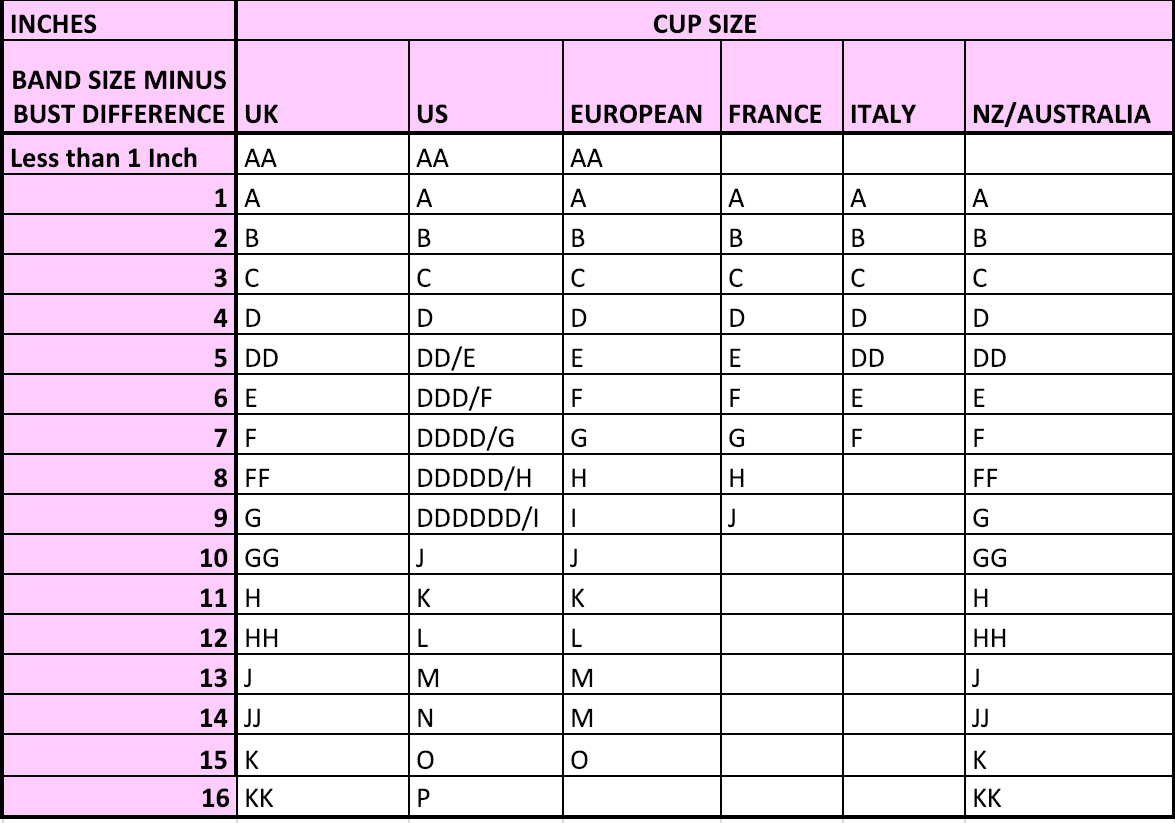

Nursing bra: a bra that is designed for women who are breastfeeding and has features such as adjustable straps and cups that can be easily opened for nursing.Strapless bra: a bra that does not have any straps and is designed to be worn with tops and dresses that have bare shoulders.Full-coverage bra: a bra that covers the entire breast and provides more support and coverage than other types of bras.Push-up bra: a bra that enhances the appearance of the breasts by lifting and shaping them.Convertible bra: a bra with detachable straps that can be worn in a variety of configurations, including as a halter, one-shoulder, or criss-cross style.Balconette bra: a bra with a horizontal neckline that provides lift and support for the breasts.Plunge bra: a bra with a low-cut neckline that is designed to be worn under low-cut tops and dresses.Sports bra: a supportive bra that is specifically designed for physical activity and can help reduce breast movement and discomfort during exercise.T-shirt bra: a smooth, seamless bra that is designed to be worn under tight-fitting tops and dresses.There are many different types of bras that women may wear, including: However, it is important for women to get measured and try on different sizes and styles of bras to find the one that fits and feels the most comfortable, regardless of their weight. In conclusion, weight loss can potentially result in a change in a woman's bra band size, as it can affect the size and shape of the body and the measurement around the rib cage. This can result in an increase in the bra size that is needed to achieve a good fit. On the other hand, if a person gains weight, they may notice an increase in the size and shape of their body, including their bust. This can result in a decrease in the bra band size, as the measurement around the rib cage will be smaller. In addition, when a person loses weight, they may also lose fat from around the rib cage. This can result in a change in the bra size that is needed to achieve a good fit. When a person loses weight, they may notice a change in the size and shape of their body, including their bust. Weight loss can affect a woman's bra size in several ways. A bra that fits well should be snug but not too tight, and it should provide the necessary support. The bra band size is the measurement around the rib cage, just below the bust, and it is used to determine the correct size of a bra. It is possible for a woman's bra band size to change with weight loss. For example, if a woman has a bust measurement of 36 inches and a band size of 34 inches, her cup size would be a B. The cup size is determined by subtracting the band size from the bust measurement. The cup size refers to the measurement around the fullest part of the bust and is typically denoted by a letter (such as A, B, C, etc.). In addition to the band size, the cup size is also an important factor in finding the right bra. This is because different brands have different sizing systems and may use different materials and construction methods, which can affect the fit of the bra. It is worth noting that bra sizes can vary significantly between different brands and styles, and even within the same brand. As a result, it is important for women to get measured and try on different sizes and styles of bras to find the one that fits and feels the most comfortable. There are several factors that can affect a woman's bra size, including age, weight, and body shape. However, it is important to note that this is just an average and that bra sizes can vary widely among individuals. This is based on data from bra manufacturers and retailers, as well as studies on the average body measurements of women in the UK. In the UK, the average band size for a woman is around 36 inches. The band size is an important factor in finding a bra that fits well and provides the necessary support.

The average band size for a woman in the UK refers to the measurement around the rib cage, just below the bust, which is used to determine the correct size of a bra.


 0 kommentar(er)
0 kommentar(er)
